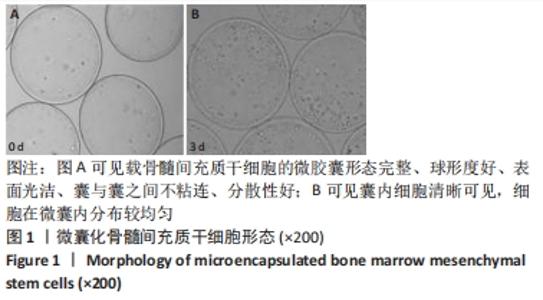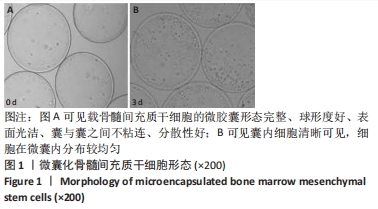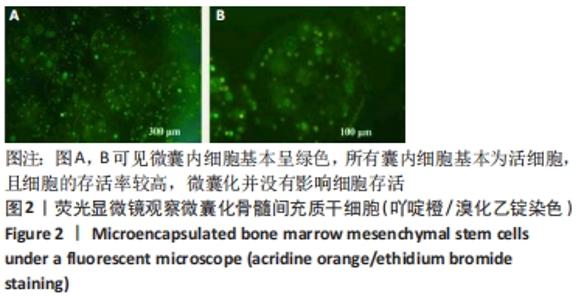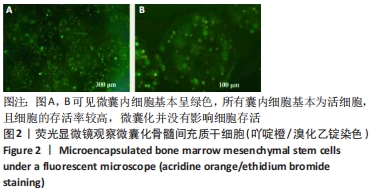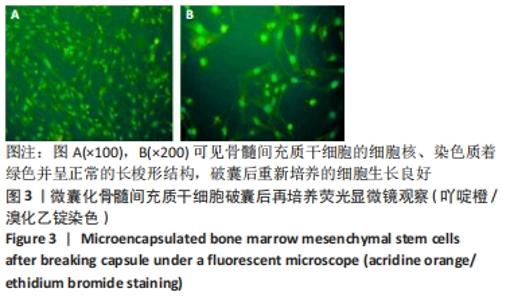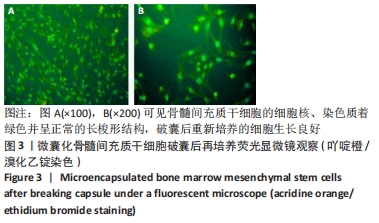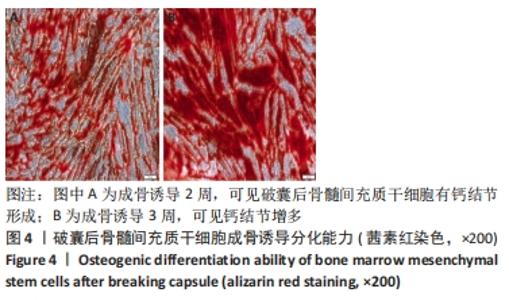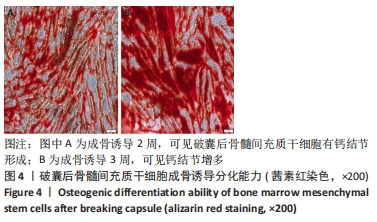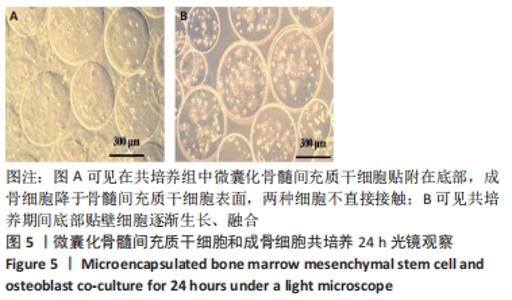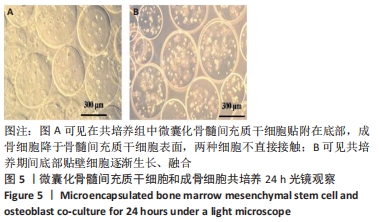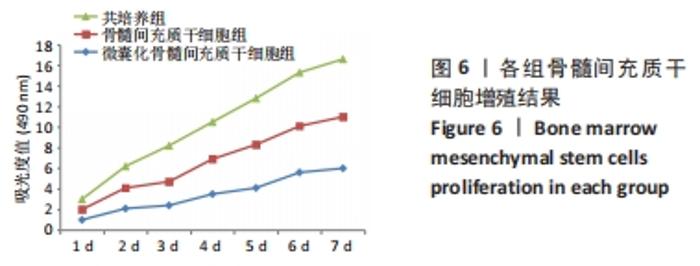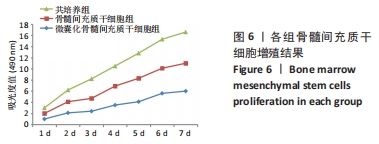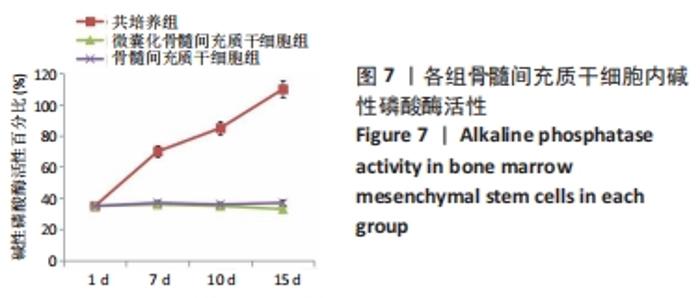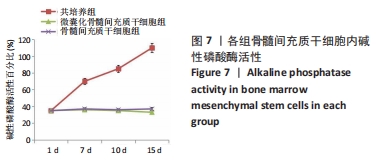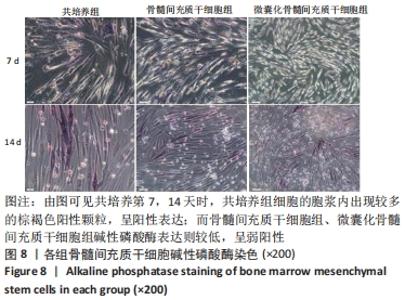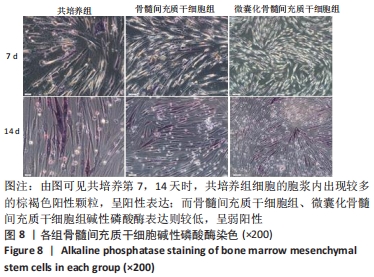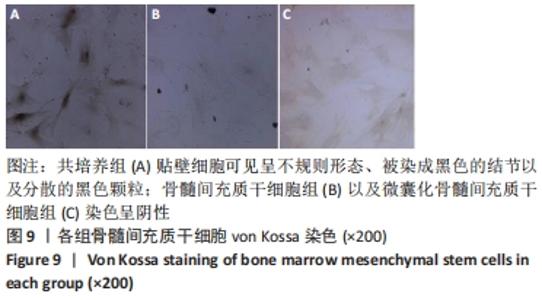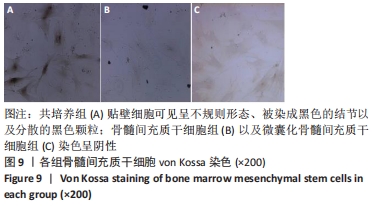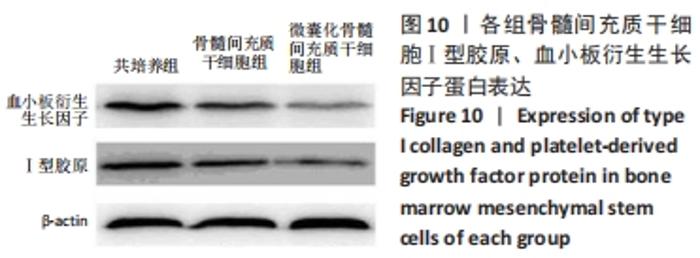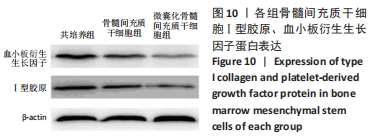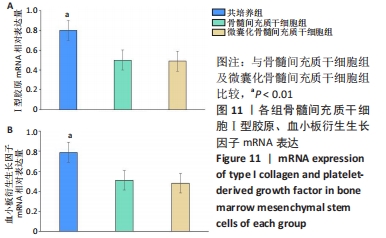[1] STRONG AL, JIANG Q, ZHANG Q, et al. Design, synthesis, and osteogenic activity of daidzein analogs on human mesenchymal stem cells. ACS Med Chem Lett. 2013;5(2):143-148.
[2] JIN H, XU T, CHEN Q, et al. The Fate and Distribution of Autologous Bone Marrow Mesenchymal Stem Cells with Intra-Arterial Infusion in Osteonecrosis of the Femoral Head in Dogs. Stem Cells Int. 2016; 2016:8616143.
[3] LI X, YU X, LIN Q, et al. Bone marrow mesenchymal stem cells differentiate into functional cardiac phenotypes by cardiac microenvironment. J Mol Cell Cardiol. 2007;42(2):295-303.
[4] WADA Y, KATAOKA H, YOKOSE S, et al. Changes in osteoblast phenotype during differentiation of enzymatically isolated rat calvaria cells. Bone. 1998;22(5):479-485.
[5] ZHANG Y, WANG W, XIE Y, et al. Optimization of microencapsulated recombinant CHO cell growth, endostatin production, and stability of microcapsule in vivo. J Biomed Mater Res B Appl Biomater. 2008;84(1): 79-88.
[6] DING HF, LIU R, LI BG, et al. Biologic effect and immunoisolating behavior of BMP-2 gene-transfected bone marrow-derived mesenchymal stem cells in APA microcapsules. Biochem Biophys Res Commun. 2007;362(4):923-927.
[7] BABISTER JC, TARE RS, GREEN DW, et al. Genetic manipulation of human mesenchymal progenitors to promote chondrogenesis using “bead-in-bead” polysaccharide capsules. Biomaterials. 2008;29(1):58-65.
[8] YOU W, FAN L, DUAN D, et al. Foxc2 over-expression in bone marrow mesenchymal stem cells stimulates osteogenic differentiation and inhibits adipogenic differentiation. Mol Cell Biochem. 2014;386(1-2):125-134.
[9] LESLIE SK, KINNEY RC, SCHWARTZ Z, et al. Microencapsulation of Stem Cells for Therapy. Methods Mol Biol. 2017;1479:251-259.
[10] MOREAU JL, XU HH. Mesenchymal stem cell proliferation and differentiation on an injectable calcium phosphate-chitosan composite scaffold. Biomaterials. 2009;30(14):2675-2682.
[11] SOLOMON TP, MALIN SK, KARSTOFT K, et al. Determining pancreatic beta-cell compensation for changing insulin sensitivity using an oral glucose tolerance test. Am J Physiol Endocrinol Metab. 2014;307(9): E822-829.
[12] 张欣,谢加兵.骨髓间充质干细胞旁分泌:在血管生成/免疫及炎症调整方面的作用[J].中国组织工程研究,2019,23(1):139-143.
[13] CALLONI R, CORDERO EA, HENRIQUES JA, et al. Reviewing and updating the major molecular markers for stem cells. Stem Cells Dev. 2013;22(9):1455-1476.
[14] NAGAMOTO Y, TASHIRO K, TAKAYAMA K, et al. The promotion of hepatic maturation of human pluripotent stem cells in 3D co-culture using type I collagen and Swiss 3T3 cell sheets. Biomaterials. 2012;33(18):4526-4534.
[15] XING Y, LV A, WANG L, et al. The combination of angiotensin II and 5-azacytidine promotes cardiomyocyte differentiation of rat bone marrow mesenchymal stem cells. Mol Cell Biochem. 2012;360(1-2): 279-287.
[16] ZHANG E, YANG Y, ZHANG J, et al. Efficacy of bone marrow mesenchymal stem cell transplantation in animal models of pulmonary fibrosis after exposure to bleomycin: A meta-analysis. Exp Ther Med. 2019;17(3):2247-2255.
[17] PENG J, CHEN L, PENG K, et al. Bone Marrow Mesenchymal Stem Cells and Endothelial Progenitor Cells Co-Culture Enhances Large Segment Bone Defect Repair. J Biomed Nanotechnol. 2019;15(4):742-755.
[18] MURUA A, PORTERO A, ORIVE G, et al. Cell microencapsulation technology: towards clinical application. J Control Release. 2008;132(2):76-83.
[19] COLEMAN R, BROWN J, TERPOS E, et al. Bone markers and their prognostic value in metastatic bone disease: clinical evidence and future directions. Cancer Treat Rev. 2008;34(7):629-639.
[20] QUESENBERRY P, SONG ZX, MCGRATH E, et al. Multilineage synergistic activity produced by a murine adherent marrow cell line. Blood. 1987; 69(3):827-835.
[21] ANITUA E, ANDÍA I, SANCHEZ M, et al. Autologous preparations rich in growth factors promote proliferation and induce VEGF and HGF production by human tendon cells in culture. J Orthop Res. 2005;23(2): 281-286.
[22] 陈钦桂,曾勉,何婉媚,等.干扰foxM1 基因表达可增强骨髓间充质干细胞的成骨分化能力[J].中国组织工程研究,2019,23(5):673-679.
|
